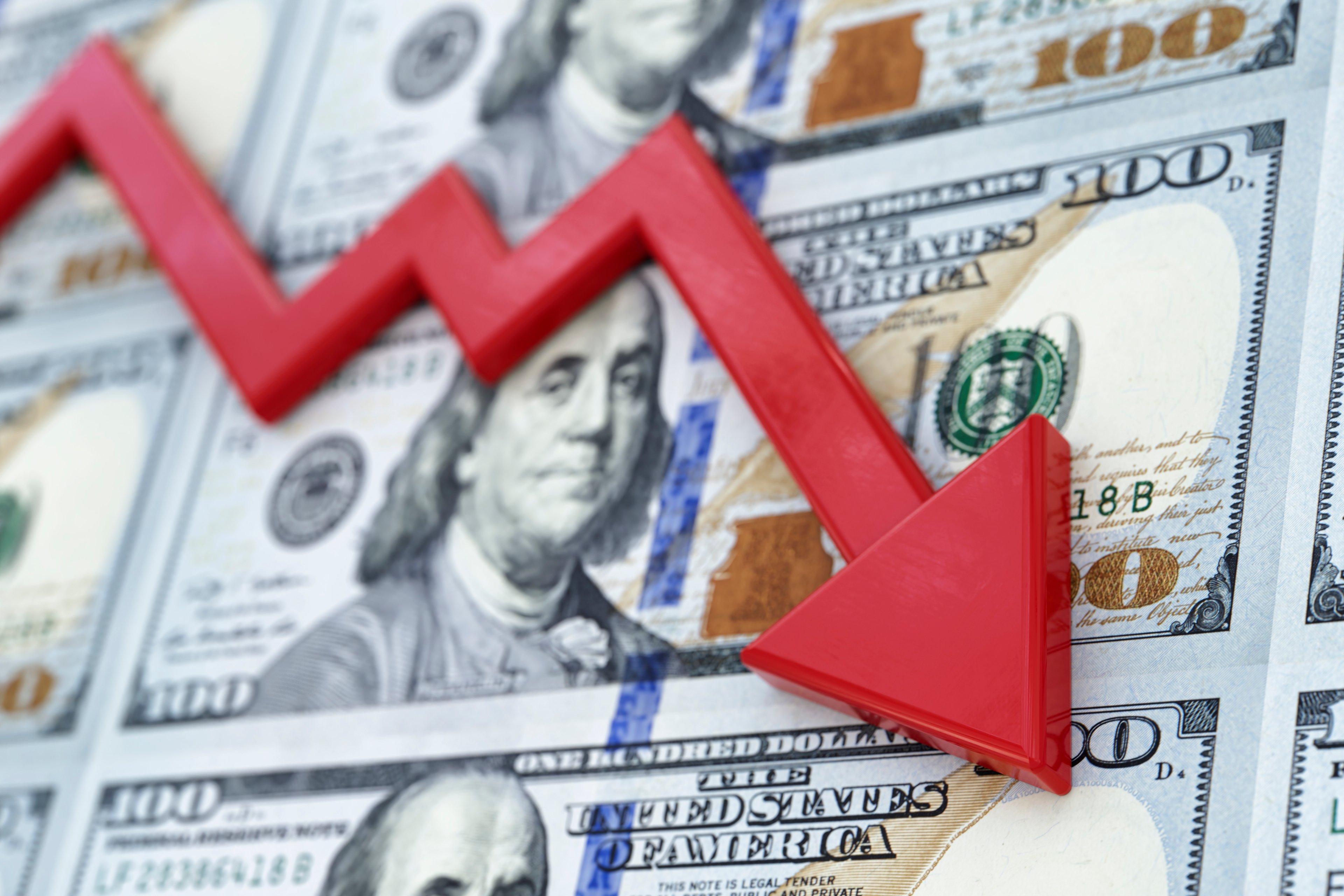Milestone psychology appears to be taking over investors once again with all of the market's major indexes, including the broad-based S&P 500 (^GSPC +0.46%), which vaulted to all-time record highs on relatively tame economic data.

The big report hitting the newswire today was the release of June's ISM Index. The monthly reading came in at 55.3, down fractionally from a reading of 55.4 in May, but also slightly below Wall Street's expectations. The data would imply that manufacturing is still expanding at a reasonable pace, but that it could be starting to slow a bit. This doesn't look like anything for investors to worry about for the time being, though it's odd the market would rally so extensively with ISM figures that came in below estimates.
In addition, construction spending for May also came in below expectations with an increase of 0.1% from April. This was markedly below the 0.8% expansion reported in April and the roughly 0.5% expansion that economists had expected. April's surge could certainly be tied to a boost in construction following abnormally cold weather in January and February, but the rapid slowdown in May, with lending rates again falling near 4%, is a bit disconcerting.
Despite generally mixed economic data, the S&P 500 wound up vaulting to a fresh all-time high of 1,973.32, up 13.09 points (0.67%).
Leading the charge higher was the entire 3-D printing sector, with Voxeljet (VJET +0.00%) and ExOne (XONE +0.00%) vaulting higher by 23.7% and 13.5%, respectively. The basis for the rise in the sector was twofold.

First, the sector rallied on word of a potential bio-medical breakthrough. According to reports from VentureBeat and TechCrunch which picked up on results released about two months ago, a team of U.S. and Australian scientists were able to successfully "print" an artificial vascular network that was embedded in various forms of hydrogels to simulate a human body. 3-D printing stocks have already shown what they can do in terms of expediting the prototype stage for industrial companies, but their applications could spread well into the medical field.
Secondly, commentary from Angelo Zino at S&P Capital IQ ignited the sector with Zino noting that 3D Systems (DDD 1.63%), perhaps the best-known and most followed 3-D printing company, could be a prime takeover candidate. Both 3D Systems and Stratasys, the other major player, have made a number of small acquisitions over the years to beef up their geographic reach and product offering potential. Consolidation in the 3-D printing space certainly wouldn't be out of the question.

As for me, while I view 3-D printing as a disruptive technology, I believe investors' emotions have gotten the better of them. Companies like 3D Systems and Voxeljet are currently valued at a whopping 34 and 52 times 2017's EPS estimates, while ExOne is trading at 61 times 2016's projections. Considering the ramp-up in competition and the emergence of this technology on a large scale toward what could be the end of a huge stock market rally, I'm inclined to think that the entire sector has more downside potential than upside at this point.
Also, shares of first-person viewpoint camera developer GoPro (GPRO 0.94%) catapulted higher for a fourth consecutive session, at one point doubling from its IPO offer price. Shares ended the day 20.4% higher despite no official commentary from Wall Street. When a company goes public there's a quiet period following its debut where Wall Street firms hold their official recommendations and coverage initiations. However, when this period is over it should be interesting to see if any firms are brave enough to come out with something equating to a "sell" rating for GoPro, which is pushing close to a $6 billion valuation.

Source: Axion23, Flickr.
On one hand, GoPro is likely to maintain its premium in the near-term as gadgets of all forms -- in your house, in your car, or on your head while being active -- are extremely popular. But, over the long run it could be difficult for GoPro to keep its lofty valuation considering that it's in the extremely early stages of monetizing its brand-image on a social scale. The company will be selling ad space to diversify its revenue stream in the coming years, but it'll really need to streamline its brand through social media if it hopes to head even higher.








